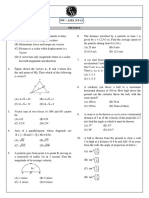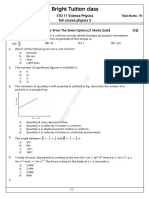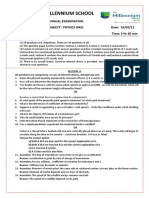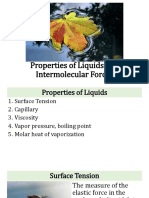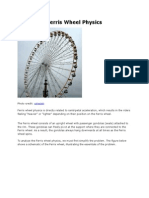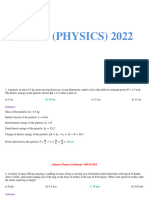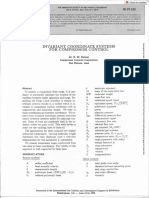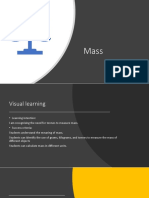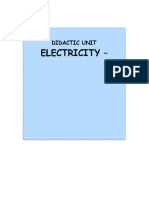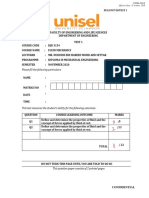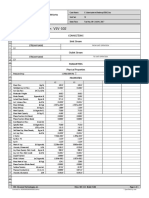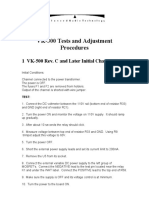0% found this document useful (0 votes)
42 views6 pagesXi Physics Set 2 Soumya R Patra QP
The document is an annual examination question paper for Class XI Physics, containing 33 questions divided into five sections: A, B, C, D, and E, with varying marks assigned to each section. It includes multiple-choice questions, short answer questions, and long answer questions, covering various physics concepts. The total duration of the exam is 3 hours, and the maximum marks are 70.
Uploaded by
pritishkar49Copyright
© © All Rights Reserved
We take content rights seriously. If you suspect this is your content, claim it here.
Available Formats
Download as PDF, TXT or read online on Scribd
0% found this document useful (0 votes)
42 views6 pagesXi Physics Set 2 Soumya R Patra QP
The document is an annual examination question paper for Class XI Physics, containing 33 questions divided into five sections: A, B, C, D, and E, with varying marks assigned to each section. It includes multiple-choice questions, short answer questions, and long answer questions, covering various physics concepts. The total duration of the exam is 3 hours, and the maximum marks are 70.
Uploaded by
pritishkar49Copyright
© © All Rights Reserved
We take content rights seriously. If you suspect this is your content, claim it here.
Available Formats
Download as PDF, TXT or read online on Scribd
/ 6
























